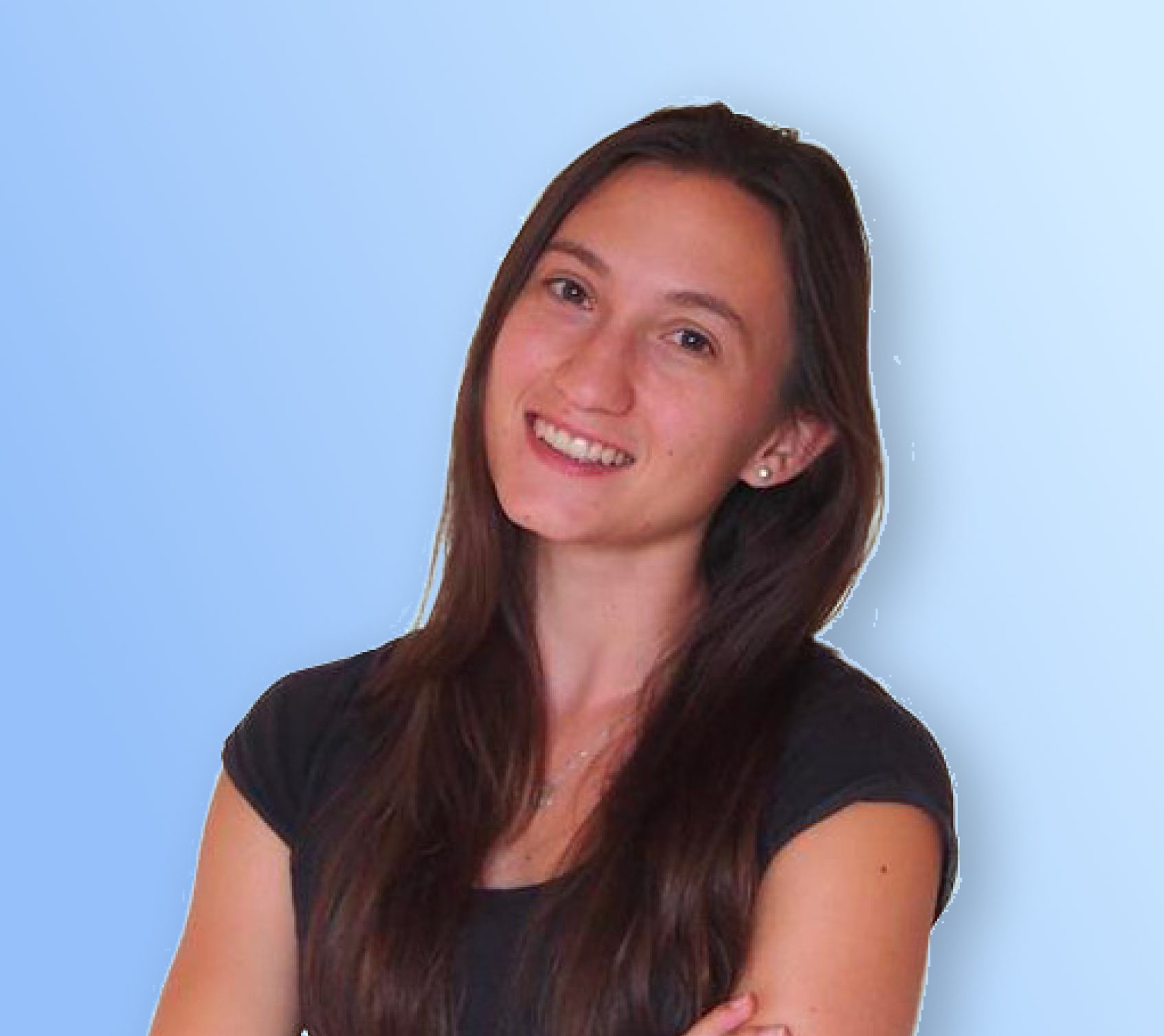Interview to Laura Flix: Vestibular Physiotherapy, a field to discover

FILL IN THE FORM TO ACCESS THE FREE CONTENT
What are the latest advances in vestibular physiotherapy?
That is the question that Laura Flix, tireless researcher and expert in vestibular physiotherapy, answers. Discover with us how she has combined her specialisation in such a complex discipline with her work as a communicator and digital physiotherapist.
What's inside?
A webinar that will show you the latest advances in vestibular physiotherapy
Who is the webinar for?
For specialised healthcare professionals
Dizziness, dizziness… and digitalization?
One of the speakers with the most critical eye who has attended some of our events has been the physiotherapist and researcher Laura Flix, whom we asked about her work at the Navarra clinic with vestibular patients.
In order to make ourselves understood, we can say that vestibular physiotherapy is another area of neurology. It is complicated to explain it to a patient because they are very complex concepts with explanations of the central nervous system, compensations, etc. It is more difficult to explain it as something related to trauma, which is more direct, isn’t it?
So, it is true that there is positional vertigo, but there is benign vertigo, which is the most frequent cause of vertigo and it is treated quite simply with some manoeuvres. In this case, I don’t see it in an acute form.
But basically, for those who don’t know, benign paroxysmal positional vertigo arises in the three semicircular canals within the inner ear, sacrum and tricuspid as political organs.
And then the otoliths are released from the political organs and go into one of your semicircular canals. Then they are placed there, like the game of turning the little ball and trying to get it out of the way and trying to get it out of the place. So in the end you’re going to do something similar with the patient’s head.
Is it possible to implement digital rehabilitation in this type of patient?
“Some of them I have carried and, in fact, I carry. At the end of the day it’s working with exercise, which you can always do in an online format, whether you want to or not. But maybe not like in the field of pain or sports rehabilitation, which is easier.
Digitalisation is still not for all patients, but it is somewhat easier to find patients who do want to adapt to this type of work in the musculoskeletal or sports field. In vestibular rehabilitation it is more complicated.
Generally you have to find, apart from a young patient profile, someone with more specific clinical characteristics. Because at the end of the day, if we have very intense dizziness, a fear of movement, they are dizzy all day and, suddenly, you tell them that they have to do these exercises online… it’s not something they adapt to very well”.